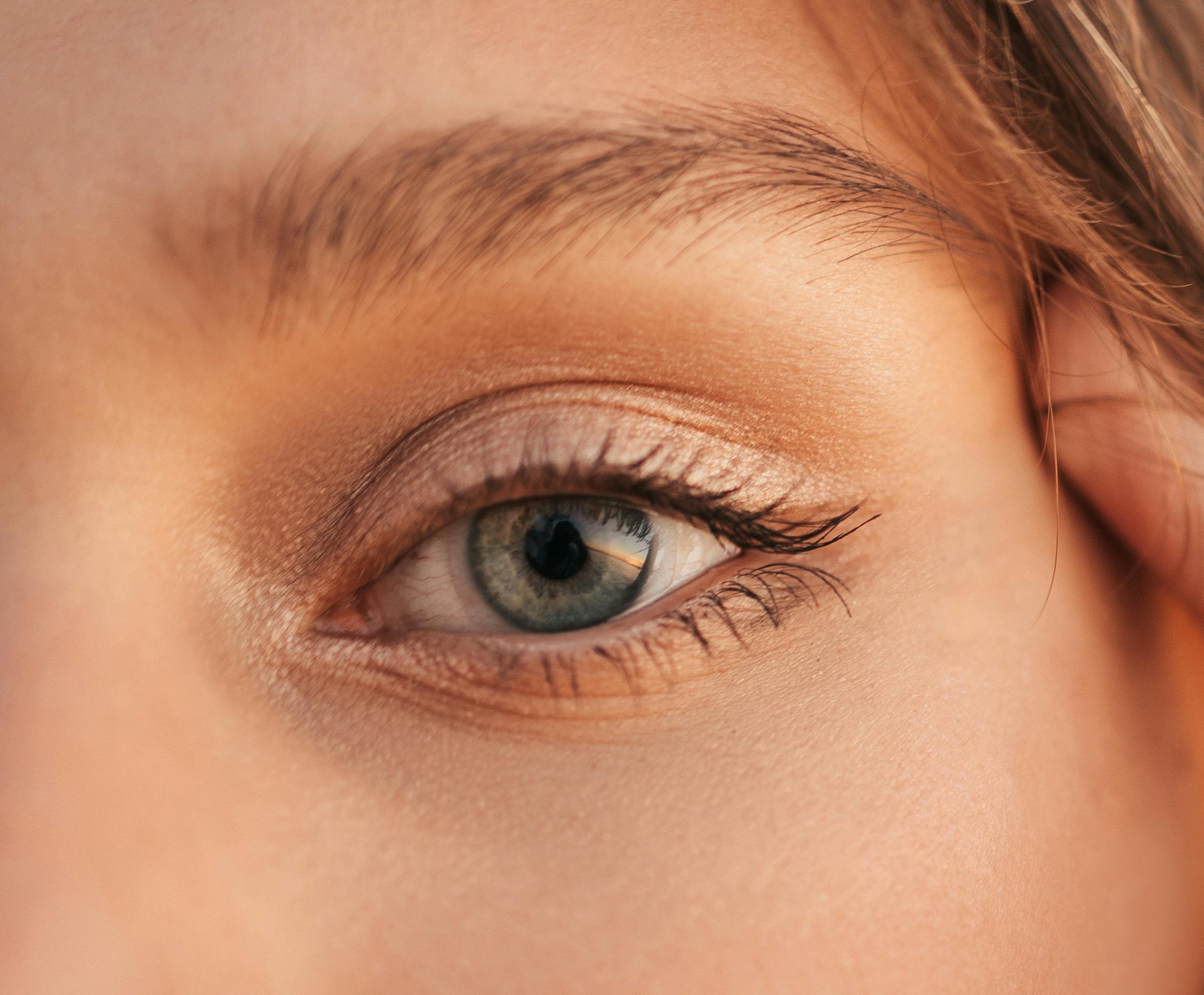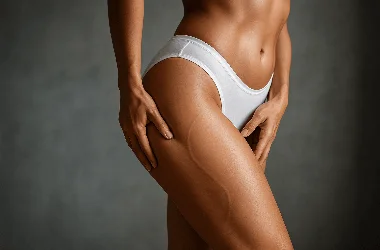Blepharoplasty, commonly known as eyelid surgery, is a cosmetic procedure that aims to improve the appearance of the eyelids. This surgery can be performed on the upper lids, lower lids, or both, and it can address various concerns such as sagging skin, puffiness, and bags under the eyes. This comprehensive guide will cover all aspects of blepharoplasty, including pre-care and post-care tips, medications, treatment duration, recovery, proper age and gender, alternative treatments, people’s experiences, and the best countries for undergoing the procedure.
What is Blepharoplasty (Eyelid Surgery)?
Blepharoplasty is a surgical procedure that removes excess skin, muscle, and sometimes fat from the eyelids. It is performed for both cosmetic and functional reasons. Cosmetic blepharoplasty enhances the appearance of the eyes, making them look more youthful and alert. Functional blepharoplasty improves vision in patients whose sagging upper eyelids obstruct their sight.
Types of Blepharoplasty
- Upper Eyelid Surgery: Targets drooping upper eyelids.
- Lower Eyelid Surgery: Addresses bags and puffiness under the eyes.
- Double Eyelid Surgery: Creates a crease in the upper eyelid, popular in Asian countries.
Pre-Care Tips
- Consultation: Schedule a consultation with a board-certified plastic surgeon to discuss your goals, medical history, and expectations.
- Medical Evaluation: Undergo a thorough medical evaluation, including vision tests and eyelid measurements.
- Medications: Inform your surgeon about any medications, supplements, or herbal remedies you are taking. You may need to stop taking blood-thinning medications and certain supplements before surgery.
- Smoking: Quit smoking at least six weeks before surgery to promote better healing.
- Alcohol: Avoid alcohol for at least 48 hours before surgery.
- Arrange Transportation: Plan for someone to drive you home after the procedure and stay with you for the first night.
The Procedure
Blepharoplasty is usually performed under local anesthesia with sedation or general anesthesia. The surgery typically takes one to three hours, depending on the complexity and whether both upper and lower lids are being treated.
- Incision: The surgeon makes incisions along the natural creases of the eyelids.
- Removal of Excess Tissue: Excess skin, muscle, and fat are removed or repositioned.
- Closing the Incisions: The incisions are closed with sutures, skin adhesives, or surgical tape.
Post-Care Tips
- Cold Compresses: Apply cold compresses to reduce swelling and bruising.
- Eye Drops: Use prescribed eye drops to keep the eyes moist and prevent infection.
- Head Elevation: Keep your head elevated, even while sleeping, to minimize swelling.
- Avoid Straining: Refrain from strenuous activities and heavy lifting for at least two weeks.
- Follow-Up Appointments: Attend all follow-up appointments to monitor your healing process.
Medications
- Pain Relief: Over-the-counter pain relievers like acetaminophen can help manage discomfort. Avoid aspirin and ibuprofen as they can increase bleeding.
- Antibiotics: Oral or topical antibiotics may be prescribed to prevent infection.
- Steroid Creams: These can be used to reduce inflammation and scarring.
Treatment Duration and Recovery
- Initial Recovery: Most patients return to normal activities within 10-14 days.
- Full Recovery: Swelling and bruising typically subside within two weeks, but complete healing can take several months.
- Long-Term Results: The results of blepharoplasty can last for many years, but aging and gravity will continue to affect the skin.
Proper Age and Gender
- Age: Most patients are over 35, but younger individuals with genetic factors can also benefit.
- Gender: Both men and women undergo blepharoplasty, although it is more commonly sought by women.
Alternative Treatments
- Non-Surgical Options: Dermal fillers, laser skin resurfacing, and chemical peels can temporarily improve the appearance of the eyelids but do not provide the same long-lasting results as surgery.
- Botox: Can reduce wrinkles around the eyes but does not address excess skin or fat.
People’s Experiences
Many patients report a high satisfaction rate with blepharoplasty, noting improved appearance and confidence. However, as with any surgery, experiences vary, and some may encounter complications like dry eyes, difficulty closing the eyes, or asymmetry.
Best Countries for Blepharoplasty
- South Korea: Known for advanced techniques and high-quality care, especially for double eyelid surgery.
- Turkey: Offers affordable and high-standard procedures with experienced surgeons.
- Brazil: Renowned for cosmetic surgery with a focus on natural results.
- United States: Provides state-of-the-art facilities and highly qualified surgeons.
- Iran: Offers cost-effective surgeries with skilled professionals.
Common Concerns and Risks
- Scarring: Scars are usually well-hidden within the natural folds of the eyelids and fade over time.
- Infection: Rare but can occur; proper hygiene and antibiotics help prevent it.
- Dry Eyes: Temporary dryness is common; use prescribed lubricating eye drops.
- Numbness: Temporary numbness around the incision areas may occur.
How to Prepare and What to Expect
- Before Surgery: Follow all pre-care instructions, arrange for post-surgery care, and mentally prepare for the recovery period.
- During Surgery: Expect the procedure to take a few hours, with immediate post-op care in a recovery room.
- After Surgery: Follow all post-care instructions, be patient with the healing process, and attend all follow-up appointments.
Advantages of Blepharoplasty
- Improved Vision: Functional blepharoplasty can enhance peripheral vision.
- Youthful Appearance: Reduces signs of aging around the eyes.
- Confidence Boost: Many patients feel more confident and satisfied with their appearance.
Conclusion
Blepharoplasty is a highly effective procedure for improving the appearance and function of the eyelids. By understanding the details of the surgery, following pre- and post-care tips, and being aware of the potential risks and benefits, individuals can make informed decisions about undergoing this procedure. Whether for cosmetic or functional reasons, blepharoplasty can provide significant and lasting improvements to one’s quality of life.
FAQs
- What is the cost of blepharoplasty? The cost varies widely depending on the country, surgeon’s expertise, and complexity of the procedure, ranging from $2,000 to $5,000.
- How painful is blepharoplasty? Pain is usually mild and can be managed with over-the-counter pain relievers.
- Will there be visible scars? Scars are typically hidden within the natural creases of the eyelids and fade over time.
- Can I wear makeup after blepharoplasty? Avoid makeup for at least two weeks to prevent infection and irritation.
- How long do the results last? Results can last many years, but aging and lifestyle factors will continue to affect the skin.
- What is the best age to undergo blepharoplasty? Most patients are over 35, but younger individuals with genetic factors may also benefit.
- Are there non-surgical alternatives? Yes, options include dermal fillers, laser skin resurfacing, and Botox, though these do not provide the same long-lasting results as surgery.
- Can blepharoplasty be combined with other procedures? Yes, it is often combined with other facial surgeries like facelifts or brow lifts for comprehensive rejuvenation.
- What are the risks of blepharoplasty? Risks include infection, dry eyes, scarring, and temporary numbness.
- What should I avoid before and after surgery? Avoid smoking, alcohol, and blood-thinning medications before surgery. Post-surgery, avoid strenuous activities and follow your surgeon’s care instructions.
For more detailed information on blepharoplasty and to consult with experienced surgeons, visit reputable medical resources or schedule a consultation with a certified plastic surgeon.


 Cosmetic Treatments and Surgeries
Cosmetic Treatments and Surgeries
 Cosmetic Treatments and Surgeries
Cosmetic Treatments and Surgeries
 Medical Procedures and Treatments
Medical Procedures and Treatments
 Cosmetic Treatments and Surgeries
Cosmetic Treatments and Surgeries
 Cosmetic Treatments and Surgeries
Cosmetic Treatments and Surgeries
 Cosmetic Treatments and Surgeries
Cosmetic Treatments and Surgeries
